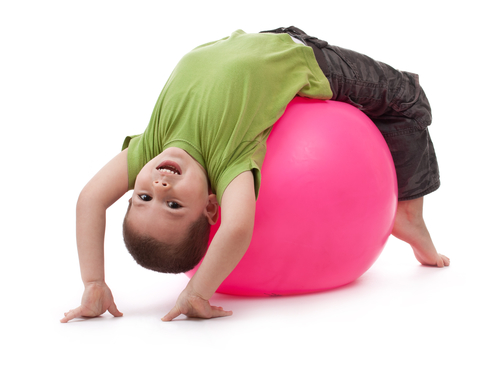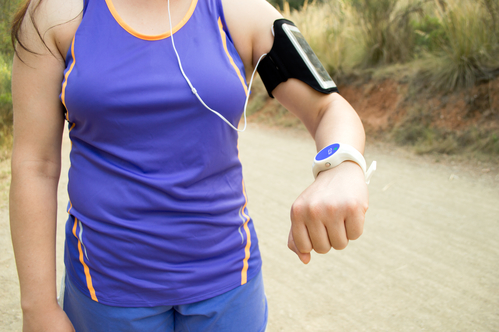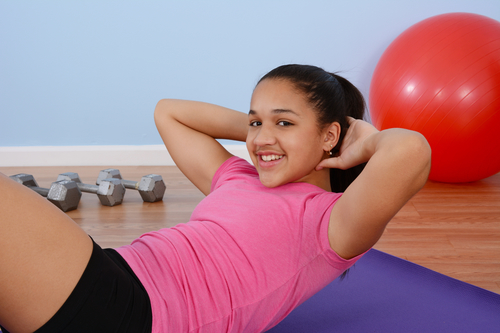3 Steps to get Your Child on an Exercise Routine
Did you know that children ages 6 to 13 years need a recommended 9-11 hours of sleep? Did you know that children ages 6 to 17 years need a recommended 60 minutes of exercise every day? Lastly, did you know that research shows a correlation between individuals with autism, exercise,Continue Reading









